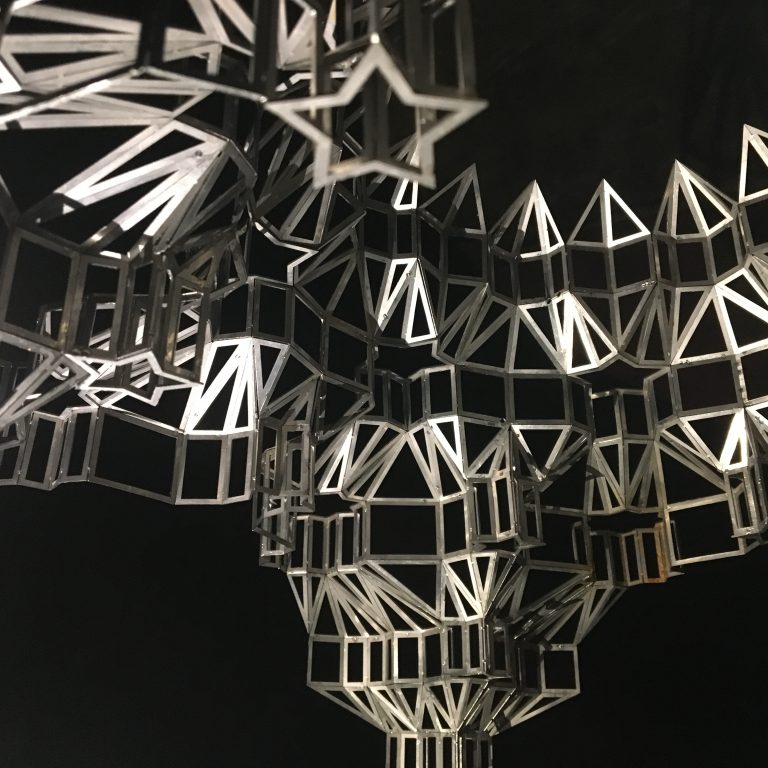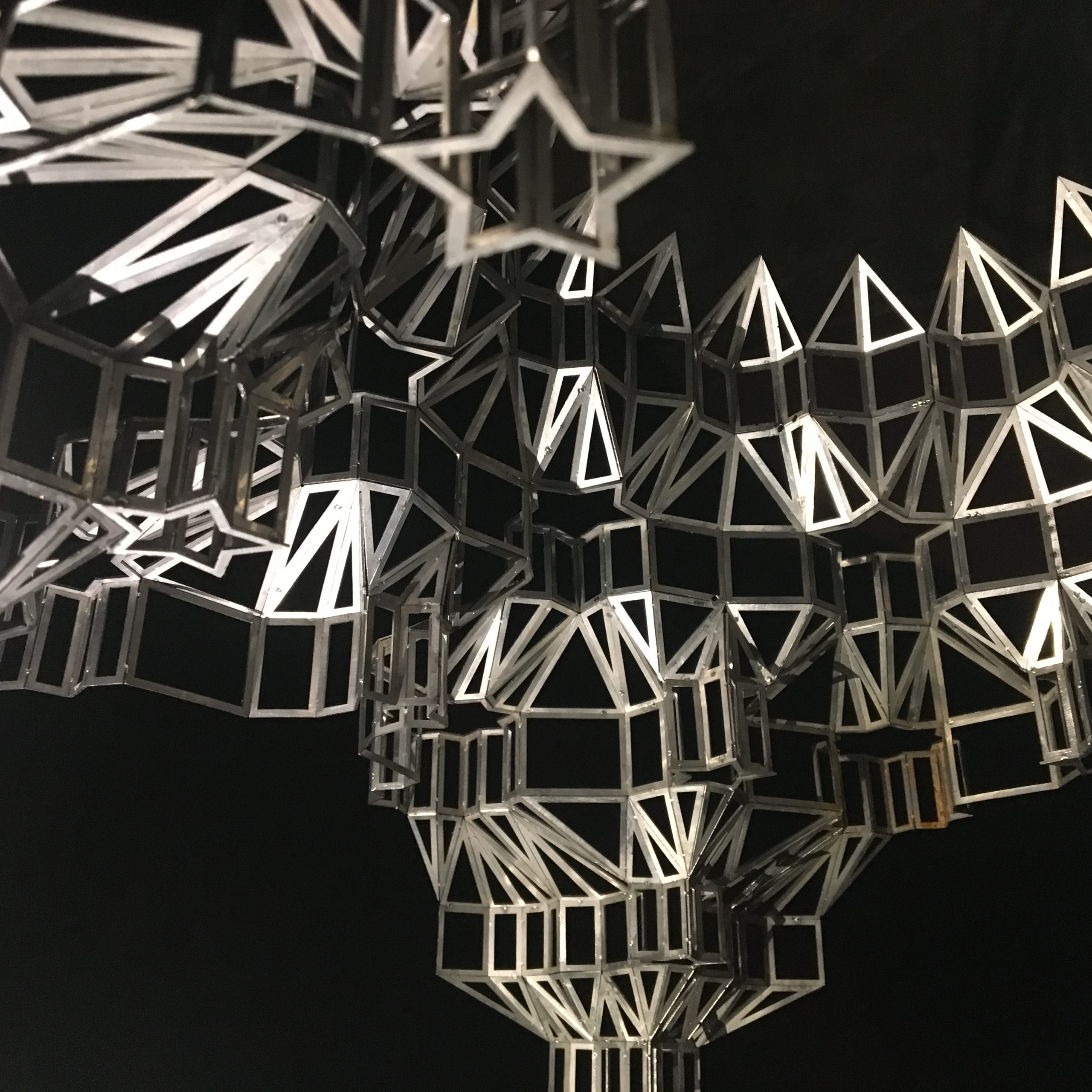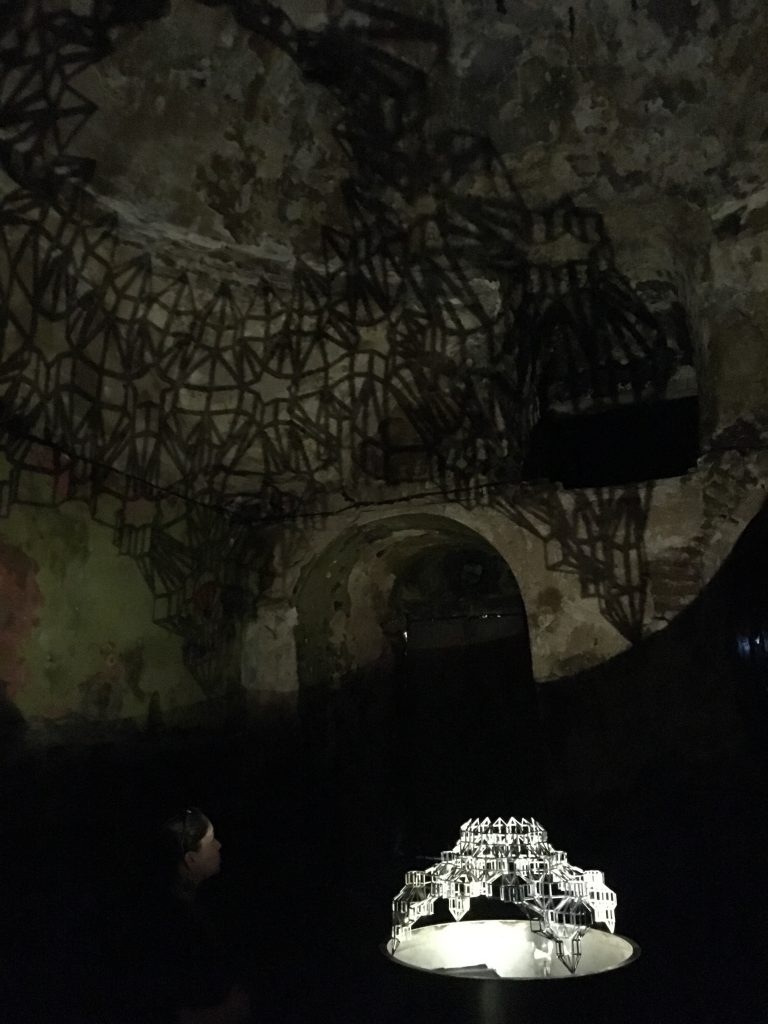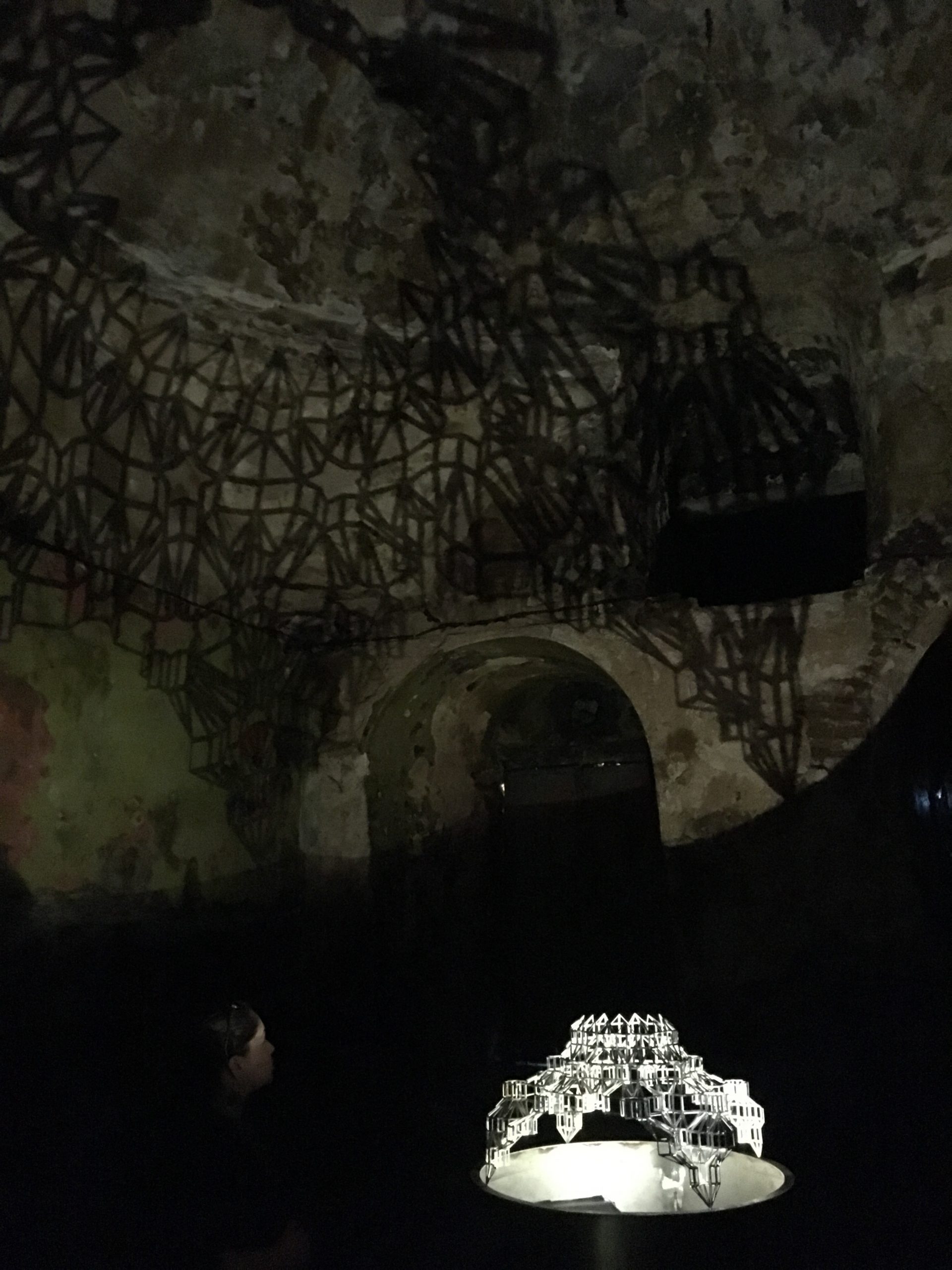I invite you to imagine Islam anew, to see its countless faces as they emerge when we peer at it through the prism of time. Islam is made of objects and narratives, moving and put into patterns, that converge on vanishing points. Pursued from evidence in time and space, Islam is an abstraction that we posit through reflecting on a vast net of interconnected traces. These traces project understandings of time that appear different depending on the vantage from which they are seen. Time conditions beholders as much as what is observed—it is elusive precisely because it is ineluctable.
Deploying time’s variability as a tool, this book renders Islam visible by attending to details of evidence and frames of reference. My journey to it is born of dissatisfaction with the way I have observed Islam being understood in the context of my experience. The book aims to bridge the gap I have felt between sensing Islam and understanding it, between feeling it as a powerful presence and analyzing it through intellectual means. The book’s success, for me, would be to have readers take my presentations as beginning points for charting new pathways of their own.
I grew up in Pakistan, a Muslim-majority country in which references to Islam were ubiquitous when I came of age in the 1980s. I appreciate intuitively that Islam matters deeply to tens of millions of people. It is a part of emotions and thoughts, actions both quotidian and extraordinary. Islam’s plasticity has allowed it to be molded, and manipulated, into an endless variety of forms in human situations the world over for centuries.
I am invested in Islam as a jumble of practices and ideas present in the world we encounter. As a scholar working in the United States, I use the tools of intellectual and social history to understand how Islam moves people even as it comes into being through their own words and actions. The type of study I undertake is a matter quite different from treating Islam as a metaphysical system aimed at answering existential questions.
Under modern conditions, academic work requires objectification, parsing, and explanation in narrative. These tasks pertaining to Islam owe their genesis to the discourse known as orientalism, whose presumptions remain dominant despite much recent criticism. Islam, in this view, is carried by Muslims, who are put to intellectual, moral, and cultural tests to delineate its contours. While creating systematic knowledge, academic portrayals tend to divest Islam of movement and change and to bracket issues pertaining to personalized meaning.
Contrary to this position, I emphasize that Islam is made by Muslims and non-Muslims alike. It is represented best by positing links that come into being and dissolve rather than as a system amenable to mapping. I combine empathy and critique in the service of a framework that hopes to catapult over theological, nativist, and orientalist ways of engaging Islam. Considering how human beings manufacture and interpret time is an advantageous venue to attempt this since the topic forces us to concentrate on change of perspective as both a basis for, and a consequence of, the process of creating knowledge. Here constraint and freedom, and predetermination and invention, are not opposites but matters inextricable from each other. My task as the observer is to remain moving while also seeing and portraying worlds in motion.
This book’s ethical dimension is enfolded in the choices I have made. I am committed to a politics in which all expressions pertaining to Islam are taken seriously while being shorn of totalizing privilege. Prominently in this regard, I seek to decenter Islam from a geographical identification with the Middle East, articulation through men’s authority alone, and the presumption that premodern expressions are more authentically Islamic than those contemporary to us. To be clear, my discussions do include extensive coverage of the Middle East and authoritative men who lived before the nineteenth century. My point is not to exclude anything but to avoid giving automatic privilege to some. I advocate treating all possibilities of Islamic expression as significant yet subject to displacement by equally compelling alternatives.




